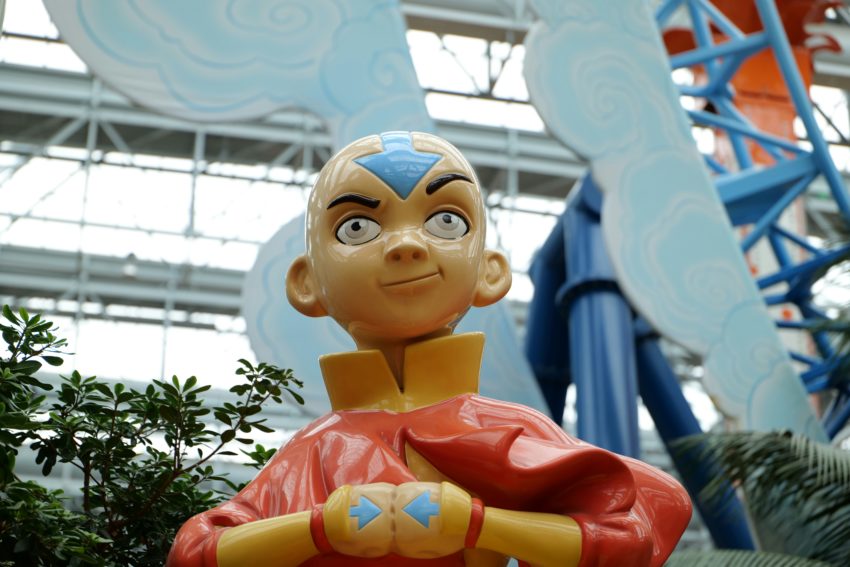Photo by Parmanand Jagnandan on Unsplash
The statue of Aang (above) represents the protagonist of Avatar: The Last Airbender, of which their was a live-action series released in February.
A series review worthy of The Last Airbender
By Jayvin Williams
Staff writer
But when the world needed a review the most, he vanished.
In February 2024, the live-action adaptation of the animated Nickelodeon TV series, Avatar: The Last Airbender was released on Netflix. While the series stays true to the source material, it does derail in some of the most important parts of the original series that made it so good. However, the live-action series is still superior to the live-action Avatar movie that was released in 2010.
The original series is considered a Nickelodeon classic about a twelve-year-old boy named Aang, who is the last of his people and must bear the burden of being the avatar to stop the Firelord from taking over the four nations with help from his friends. It was filled with characters memorable to the audience, and throughout the series, you can see how those characters develop and grow.
The character growth that piqued my interest the most was the character Sokka. In the first season of the series, he was misogynistic and didn’t believe that girls were able to do the same as male warriors could. But later on, he learned from a female fighter named Suki that girls were just as capable. Sokka from then on treated girls equally and respected their fighting abilities.
In contrast, the live-action adaptation took out this key feature in Sokka’s character growth, so it doesn’t give as much depth to the character as it should.
Another thing that made the original series so good was the way it could switch between comedic and major moments in the storyline. In the animated series, there are several memorable moments that make the audience laugh.
However, in the recent installment, It’s almost as if the characters don’t act like kids are supposed to and act too mature for their age. This issue then creates an imbalance in tone because there isn’t enough humor to lighten the mood of serious situations in the live-action series.
While the live-action series does have its faults, it does much better in visual appearance than its live-action movie counterpart, which came out after the original animated series. The film’s visuals were substandard because it wasn’t engaging enough due to its dull imagery throughout the film. Even the film’s bad CGI makes it much less captivating because it takes away from what could’ve been decent scenery.
Meanwhile, the series put much more effort into how the visuals would appear to the audience. For instance, the bending looks much more graceful and has an artful feel when visualized on screen. Also, the scenery is far more engaging because of its well-done production design that draws the viewer in even more. The costume designs were also much more intricate than its live-action predecessor.
Many fans had several issues with the casting of the 2010 film, so you could imagine how fans found relief in the fact that the casting choices were much more thought out this time around. One of the main issues with the 2010 film was how it lacked cultural diversity among its cast. In contrast, the recent series does a much better job of showing the cultural distinctiveness among the cast.
In the 2010 film, multiple characters with ethnic backgrounds are cast in ways that don’t reflect their ethnic diversity. However, the new adaptation allows the viewer to see how culturally diverse the characters are.
On its own, the new series by itself could hold its own as a solid show. However, It pales in comparison to the animated series because of the way it altered the characters and made it too serious.
This being my last review, I think I’ll go get myself a nice glass of cactus juice.
